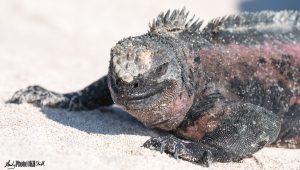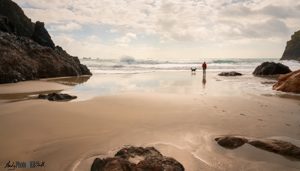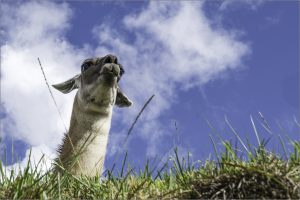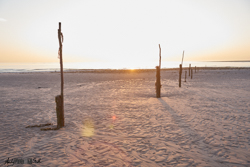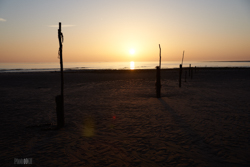May 2018’s contribution to my 10,000 Hours Learning Art Photography
Hours 602 to 752
31 May 2018
Hours 750 to 752
Picked up prints from GS Photos in Gerrards Cross and created a draft hanging plan for my LRPS submission panel. Completed application for the assessment on the 2nd October.
Half and hour watching the Ted Forbes Art of Photography YouTube, in which he interviews Kevin Raber at the Sony Kando in which they explain that it’s OK to break the rules of photography, just so long as you know that will happen when you do.
30 May 2018
Hours 744 to 749
Three hours finishing and publishing the “Spring Photography” review post, then updating the social media platforms.
One hour shooting family portraits in the garden using an off-camera flash as a fill-in. Sun behind subjects. Then processing in Capture One Pro.
One hour watching the new Sky Arts Master of Photography, Series 3. This is inspirational in terms of the shots the contestants set-up.
One hour updating this journal and the social media platforms.
29 May 2018
Hours 738 to 743
Started working on the Spring 2018 seasonal review, initially selecting top 10 mages from the period. The Two hours writing a first draft of 200 words.
An hour watching a sky: Artists in Love – Amedeo Modigliana and Jeanne Hebuterne.
Two hours at the Stoke Poges Photographic Club, Open Print Finals judged by Micki Aston who is always both entertaining and instructive. My results below:
|
Good detail on scales and eye. Ideally should be sharp front to back and have a catchlight in the eye, also foreground left too bright and distracting. 17/20 |
||
| Held back and Highly Commended | ||
|
Great sky, good framing by the grasses, healthy negative space to the right of the image, super fur detail and sharp eye. “Possibly the best llama I have every seen.” Held back and Highly Commended. |
Congratulations to Mark Collins who won the Intermediate category and Prakash Sivarajan who won the Advanced category.
28 May 2018
Hours 734 to 737
Four hours editing images from yesterday evening, updating the associated social media channels. Some minor changes to the “First Notes on the History of Photography as an Art Form” post. Then completing this journal.
27 May 2018
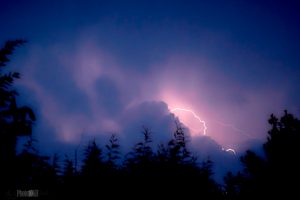
Hours 732 to 733
An hour processing images from Friday (25th) and updating this journal.
An hour shooting people outside at a dinner party.
Key tips:
- neutral as possible background; trees, or fences are good, avoid windows or areas of sky
- position people with the sun behind them, and get their hair illuminated
- have people use a big flash (or better a reflector) to counter the sun as a fill-in.
First attempt at capturing lightning (see right).
26 May 2018
Hours 731
Setting up and trying to shoot a flower in water macro; very limited success.
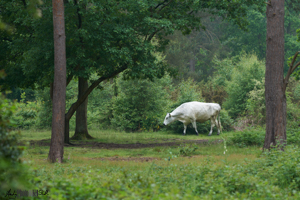
25 May 2018
Hours 724 to 730
Long solid stretch of seven hours finishing the “First Notes on the History of Photography as an Art Form” post – now published. Broken up by a brief shoot at Burnham Beeches; some interesting light and cows!
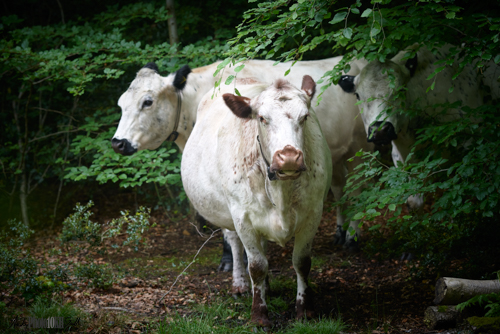
The shooting the next in the series for the View from the Third Post Series in The Big Field, Stoke Poges, Buckinghamshire.
An hour watching a B&H YouTube lecture on in-camera composition.
24 May 2018
Hours 718 to 723
An hour reflecting on yesterday’s exhibitions and updating this journal.
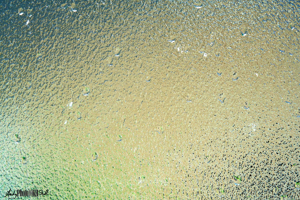
A rainy morning prompted an hour’s shooting around the house and in the garden of things that looked interesting. Then an hour processing. In particular:
- Textures of bathroom window with raindrops on the outside
- Water droplets on leaves
- The wet and decaying garden shed (mainly shot to produce possible images for next season’s SPPC set subject competition “Dereliction/ Dilapidation/ Ruins”
- Garden hose laying on the patio.
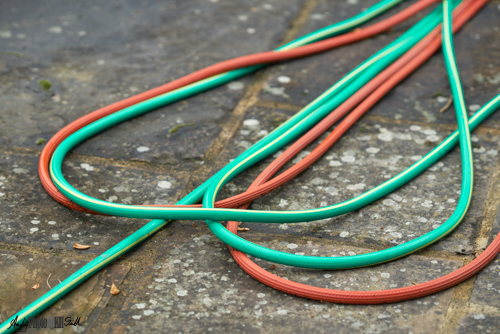
Two hours researching the history of photography for, and writing the “First Notes on the History of Photography as an Art Form” post that I’m determined to post this week.
An hour watching YouTubes, mainly from Eileen Rafferty.
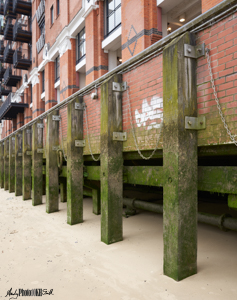
23 May 2018
Hours 713 to 717
An hour updating this journal and my top 10s list.
An hour at the “Monet & Architecture” exhibition at the National Gallery, Trafalgar Square, London. What I think I gained from this was:
- The motivation behind the painting presented was primarily financial. He was painting images that he thought somebody would like to buy
- Picturesque scenes were specifically constructed to glamorise the subject
- Recurring dominant use of reflections in water.
Half an hour shooting on the beach of the Thames at low tide.
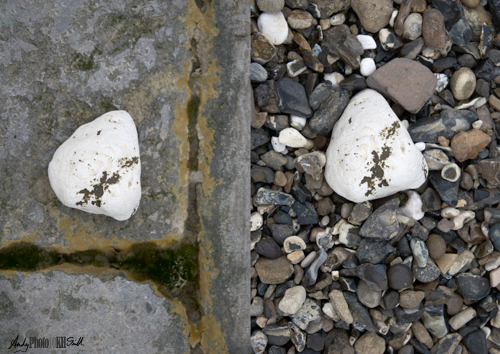
An hour at the Tate Modern’s “Shape of Light” exhibition. Although I had been to the exhibition before, I was looking at it with a renewed interest as many of the works were by the artists I have been researching over the last few days.
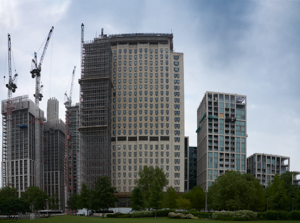
An hour and a half processing images taken during the day.
22 May 2018
Hours 708 to 712
3 hours working on a “First notes on Photographic History” post.
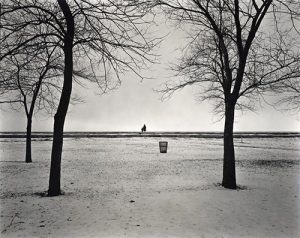
2 hours watching the Eileen Rafferty YouTube “The Creative Muse” where she takes a new look at the artist-muse relationship in which the muse doesn’t necessarily have to be a person:
- Alfred Steiglitz and Georgia O’Keeffe
- Georgia O’Keeffe and New Mexico
- Harry Callahan (a new hero of mine), his wife Eleanor and their daughter Barbara; photographed as part of the landscape. “Constantly experimenting with abstracts and composites.”
- Eileen Rafferty herself with a long dead Japanese writer, Yasunari Kawabata, author of “Palm of the Hand Stories.”
“There is much benefit to be gained from revisiting the same scene time and time again from a slightly different angle.”
21 May 2018
Hours 704 to 707
One hour updating this journal with the images from yesterday.
3 hours working on a “First notes on Photographic History” post.
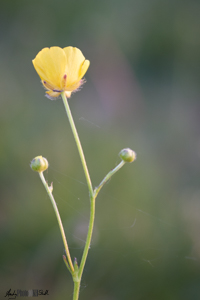
20 May 2018
Hours 695 to 703
5 hours Thames Valley, Digital Imaging Group Royal Photographic Society, Presentation my Matt Parry “Travel Photography“.
3 1/2 hours watching the Eileen Rafferty YouTubes: “Learn the Language of a Photograph Through Critique” and “Contemporary Trends in Photography.”
Half an hour shooting the golden hour at Stoke Common.
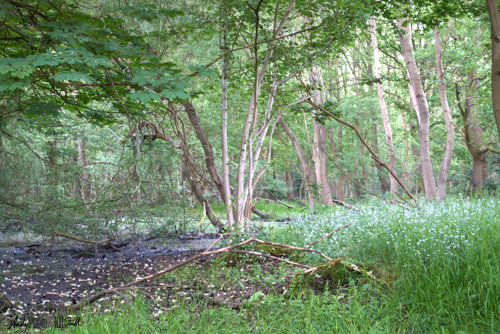
19 May 2018
Hours 694
Watched “The Alterity of Images” by David Bate. Essentially the presence of “other” in an image. Much reference to an essay by the philosopher, Jacques Ranciere “The Future of the Image” which, inter alia, posits that politics and art have always been heavily intertwined and contemporary theorists of the image are suffering religious tendencies. Heavy stuff.
18 May 2018
Hours 693
Quite coincidentally, following the “Art Movement through Photography” discussed two days ago, the book I’m currently reading, “Photography (The Key Concepts)” describes the eras of photography, from a more Euro-centric angle (Rafferty take a USA based perspective), as follows:
- (1870s-1920s) Pictorialism
- (1920s-1930s) Avant-garde/ Modernist (Formalism)
- (1940s-1960s) New Realism/ Humanist Photography
- (1960s-1979) Minimalism, Conceptualism/ late Modernism
- (1980-1990s) Postmodernism/ Descriptive Photography
- (2000s) Eclectic Neoconceptualism, Montage, and “Post-photography” abstractions.
17 May 2018
Hours 689 to 692
Working on macro photography – “Fountain Pen” idea, shot using “Heath Robinson” rig – see the post below.
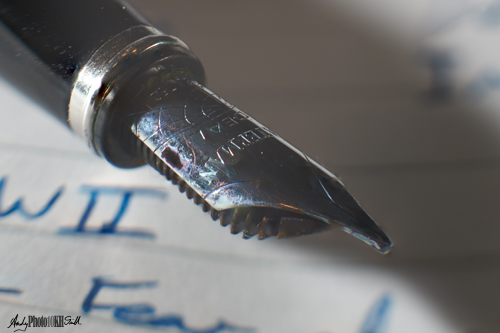
“First Attempt at Macro Photography” post finally published.
16 May 2018
Hours 684 to 688
Two hours processing LRPS portfolio images for printing – automating the process using Photoshop Actions to expand all images by 2% so that there is some overlap for the mount. Automation not 100% flawless, mainly due to the application of the Magic Wand tool to select all white or transparent areas, but certainly helpful.
[Note to self: F2 to expand a selection by one pixel, feather 0.1 pixel, and content aware fill; F3 to expand canvas by 2% in both directions and use F2 to content fill the expanded area.]
Nearly 2 hours watching the excellent YouTube “Art Movements Through Photography” by Eileen Rafferty. Six movements discussed as follows:
- Pictorialism and Photo-Secession
Leading artists: Alfred Stieglitz, Edward Steichen & Clarence White.
Goal: to elevate photography to an art rather than just a scientific endevour
Key characteristics: Limited colour palette and tonal range; use of texture and soft focus. - Straight Photography
Leading artists: Paul Strand, Laszlo Moholy-Nagy, Henri Cartier-Bresson, Andre Kertesz
Goal: Play to the strengths of photography as an art form; show things people don’t usually see.
Key characteristics: Sharp, high contrast images, interesting new perspectives. - Russian Constructivism, Surrealism, Dada
Leading artists: Man Ray, Salvador Dali, Magritte, Joan Miro, David Hockney
Goal: Heavily influenced by cubism
Key characteristics: Fragmentation - California Modernists
Leading artists: Group F.64 inc. Ansel Adams, Edward Weston, Imogen Cunningham; Laszlo Moholy-Nagy, Charles Sheeler
Goal: a new aesthetic to counter pictorialism, which they viewed as romantic and unrealistic
Key characteristics: Always Black&White (precisely exposed), high contrast, all in focus, natural landscapes - Abstract
Leading artists: Paul Strand, Aaron Siskind, Uta Barth, Susan Derges, Minor White
Goal: Experimental, influenced by
Key characteristics: Often unidentifiable subject/ object; concentration on shape, form, colour and line - New Social Landscape, Post Modernism
Leading artists: Dianne Arbus, Garry Winogrand, Robert Frank
Goal: Documentary photography to convey a political or social message
Key characteristics: Tends to focus on darker issues and uses any and all of the above techniques
There are other two hour lectures by Eileen Rafferty that I’m very much looking forward to watching.
An hour further researching and writing up the above.
15 May 2018
Hours 676 to 683
An hour’s shooting early morning at Langley Park.
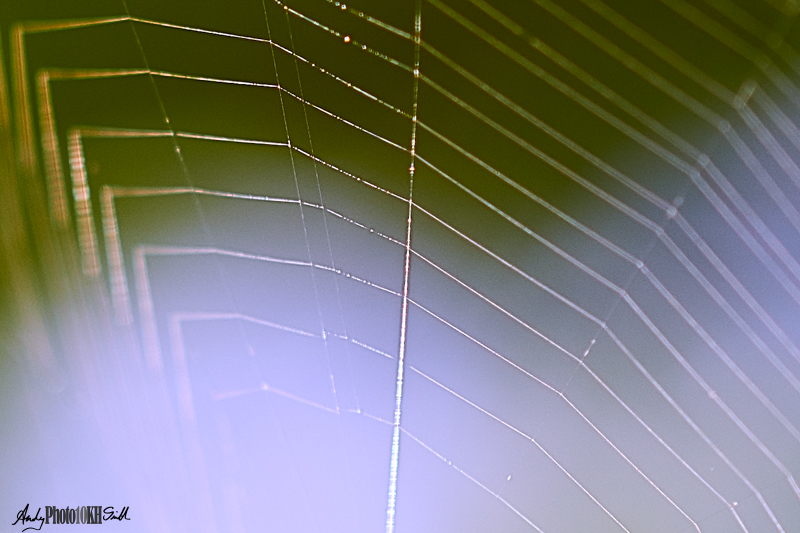
Two hours processing images from this morning and yesterday evening.
An hour watching Ted Forbes YouTube on “The attitude of the Photographer“, “Portfolio Construction“, and “Fine Art Photography“.
Two hours editing images for the LRPS portfolio.
Two hours at the Stoke Poges Photographic Club.
14 May 2018
Hours 668 to 675
An hour shooting and processing images from Gray’s Field Stoke Poges – mainly Dandelions, Buttercups and other spring flowers.
And hour updating this journal and social media sites; lots of images from the last few days.
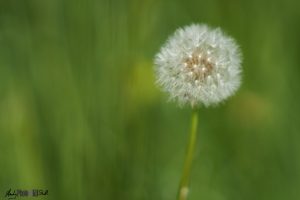 |
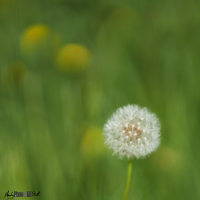 |
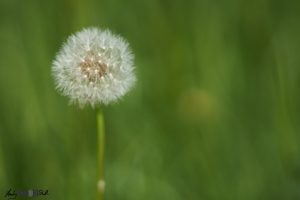 |
Capture One Webinar: Using Styles and Presets. Key learning points:
- Styles store adjustments across a range of tools/ panels
- Presets relate to a single tool and can also be accessed from within that tool (icon with the three parallel lines)
- Styles and Presets can be used together (presets then potentially overwrite value set in the style)
- It is ease to store User styles and presets. These can be copied to other computers via a memory stick, and imported using the Import Styles command.
Ted Forbes review of books 2015 – some of which are sadly insanely expensive, including the Rothko/ Sugimoto whoch might otherwise have found its way to my bookshelf.
Review of Sony Kando 2018 which is Sony’s user conference for want of a better term.
Two hours working on portfolio for LRPS.
Evening shoot at Burnham Beeches – half an hour.
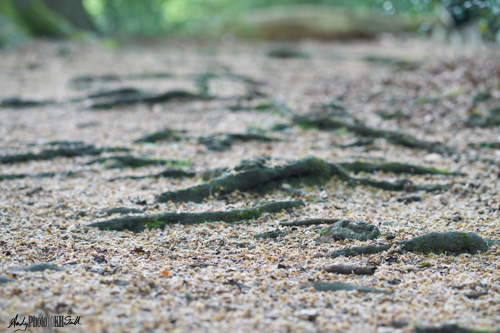
Ted Forbes and Serge Ramelli YouTubes including: “Top 5 Lightroom Secrets that Changed my Life!!”
Learning points:
- To remove sunspots/ lens flare spots in Photoshop: use the spot healing brush on a new layer with “sample all layers” enabled
- Raw files can be merged in lightroom using the Merge to Panorama
- Use gradients, ovals, and the brush to dodge and burn for greater creative impact.
Sky Arts: Artists in Love – Dali & Gala
13 May 2018
Hours 666 to 667
An hour at the Wildlife Photographer of the Year exhibition at the Natural History Museum London; an uplifting and inspiring experience. Most of the images portray the picturesque aspects of mainly animal photography. The winning image of a dead rhino with its horn removed by poachers was in stark contrast. Competition judge Roz Kidman Cox said: “To make such a tragic scene almost majestic in its sculptural power deserves the highest award. There is rawness, but there is also great poignancy and therefore dignity in the fallen giant. It’s also symbolic of one of the most wasteful, cruel and unnecessary environmental crimes, one that needs to provoke the greatest public outcry.”
A few shots at the Richmond 10 mile race. Processing and updating this journal.
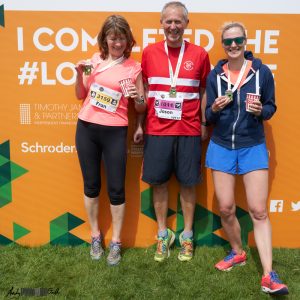
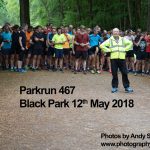 12 May 2018
12 May 2018
Hours 660 to 665
It’s the 2nd Saturday of an odd month, so I doing the photography for the Black Park Parkrun 467. (See my post on Parkrun Photography). An hour and a half shooting plus 2 and a half hours processing.
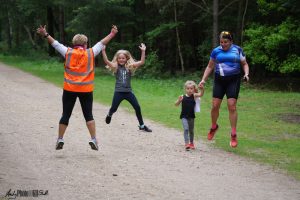
Half an hour shooting Beaconsfield Now with a further half hour processing.
An hour updating this page.
11 May 2018
Hours 659
Half an hour shooting buttercups and dandelions in Hastings Meadow followed by another half hour processing.
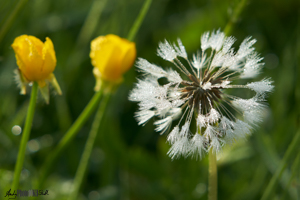
10 May 2018
Hours 653 to 658
Interesting note from Photography (The Key Concepts): David Bate suggests that the aesthetics of Landscapes is divided between the picturesque and the sublime. The first imbuing a sense of calm and well-being and the second a sense of awe. Bate’s view is that the calm and well-being result from a sense of mastery and control of the environment; and the awe is a recognition of the impossibility of controlling the environment. The picturesque is often maligned on this basis as a “too easy pleasure.”
New version of the Coombe Hill, “Trees, Sheep and Hill” image, below:
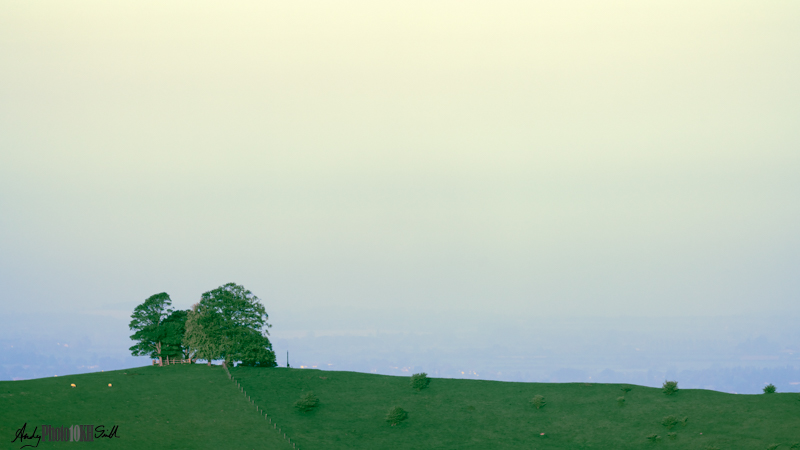
This version has the colour balance adjusted according to tone:
Shadows – green
Mid-tone – blue
Highlights – yellow, lower saturation.
An hour shooting the brutalist architecture of the Barbican Centre in the City of London.
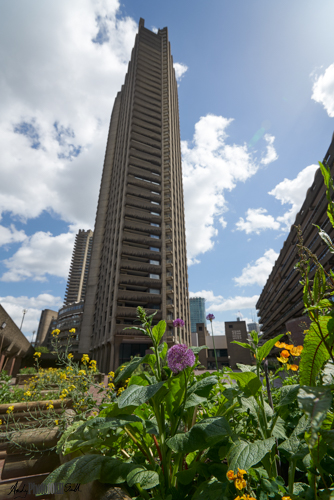
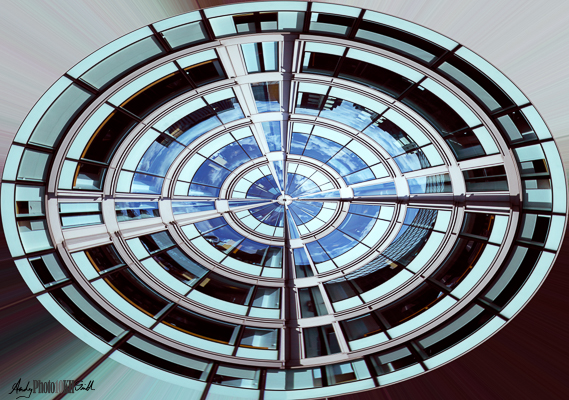
[Final processing of above image not carried out until the 8th January 2019]
Then an hour in the exhibition: “Another Kind of Life: Photography on the Margins.” To use the most temperate terms, this is the grittiest exhibition I have ever seen. Having read the reviews, I was expecting the transexuals and other LGBTQ subcultures, prostitutes, criminal and other marginalised communities. What I was not expecting was the explicit drug taking, including video of addicts injecting themselves, images of small children in the arms of drug abusers, and some of the extreme desperation depicted. Most appalling was the section devoted to Boris Mikhailov’s “The Wedding” where he apparently paid some homeless alcoholics to enact degrading scenes of nudity and self-humiliation. Perhaps this highlights the vulnerability of such people, but it is doubtful in my mind if the end justifies the means.
I was disappointed to find that the exhibition of Andreas Gursky at the South Bank had finished – I was looking for something edifying to restore my balance.
I spent an hour planning shots for next year’s SPPC competitions.
An hour tethered shooting of a Martini in the style of the “Fire and Ice” image achieved at the end of April – needs more work; and updating this journal.
9 May 2018
Hours 647 to 652
Woke up with the idea of converting yesterday’s abstract landscapes from Coombe Hill into Black & White to further simplify the scene.
| Original | Variant | |
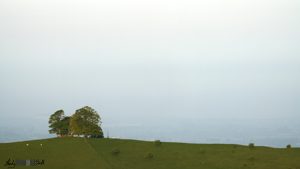 |
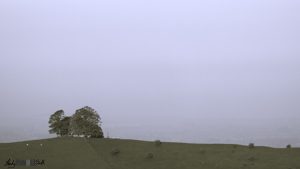 |
|
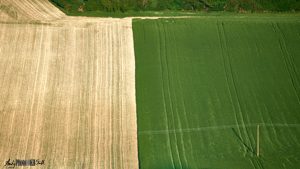 |
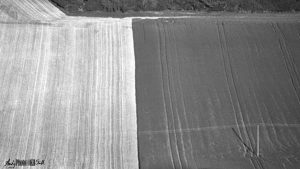 |
|
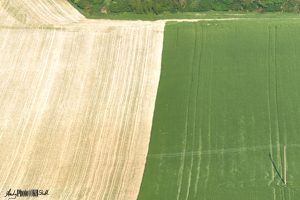 |
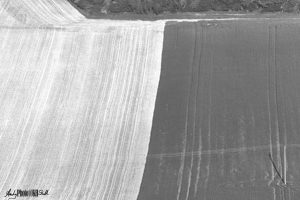 |
|
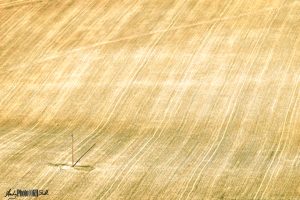 |
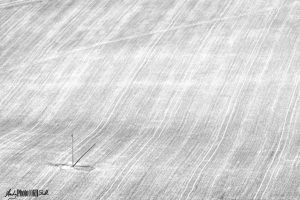 |
|
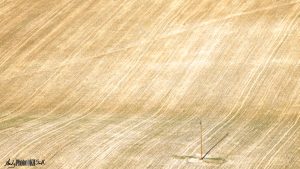 |
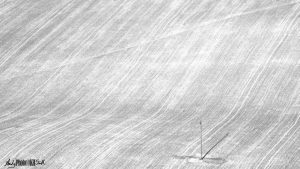 |
The top image started with B&W, but split-toned looked better and I finally settled on a split-tone with exactly complementary colours (see my thoughts on colour theory). Three hours doing the above, updating this journal and flickr site.
Two hours finishing and publishing the El Nino Graffiti post.
One hour watching the Ted Forbes Macro Photography YouTube, Macro expert Don Komarechka giving a “close up” look at how he photographs water droplets and snowflakes; then updating this site.
 8 May 2018
8 May 2018
Hours 639 to 646
Up at 5am for an early morning shoot at Coombe Hill – weather beautiful. However, I had to wait for the shadow of the hill to move off the fields.
Three hours editing images to create abstract landscapes from this morning’s shots. Trying to achieve a very minimalist effect as in the image right.
An hour trying to shoot a dried flower using 50mm extension tubes on my 50mm f/1.4 prime to achieve full macro magnification. Tethered to Capture One Pro 11 Sony on my laptop and using two off-camera Godox speedlights (see my kit). Five images focus stacked in Photoshot. Result: technically interesting, yet aesthetically uninspiring.
An hour watching YouTubes from Ted Forbes and Serge Remelli including one on Photoshop Blend modes Key tips:
- Multiply – useful to add skys as white is turned transparent
- Overlay – for dodging and burning
- Screen – Black treated as transparent
- Color – used with a solid colour layer, makes a monochrome in that hue.
Two hours at the SPPC, PDI finals:
 |
Back streets of Venice 20/20 |
|
| |
Icon of Glory 20/20 |
|
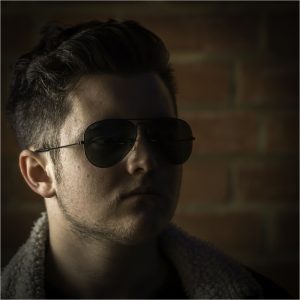 |
Top gun gets badass Held back but 19/20 |
Congratulations to Kevin Day for his winning image.
7 May 2018
Hours 631 to 638
Morning shoot at Burnham Beeches.
Trio of trees
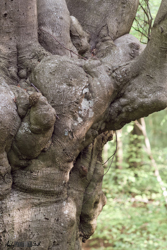 |
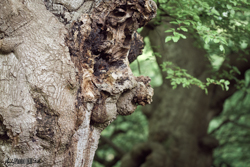 |
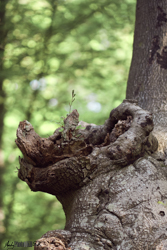 |
Couldn’t resist taking another shot of Harley in the split tree; the area around the tree had been cleared providing a clutter free environment. Narrow depth of field due to 135mm lens wide open at f/1.8, but sharp from the tip of his nose to behind the eyes. Originally converted to B&W using the Capture One “Color – Panchromatic 4” preset, then with some manual dodging and burning mainly to reduce the highlights on the tree.
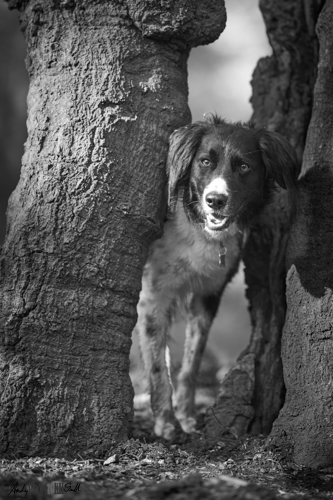
Seven hours processing files and updating this journal and associated social media sites.
Very happy with some of the more abstract shots produced over the last few days.
6 May 2018
Hours 623 to 630
An hour reviewing different options for the images shot at Minehead over the last couple of days.
Half an hour shooting abstract landscapes at Coombe Hill + half an hour processing.
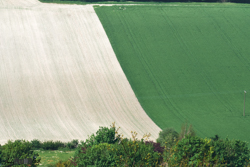 |
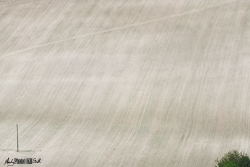 |
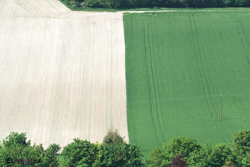 |
Two hours manually producing the following HDR image from Minehead (Photoshop’s automatic variants were, frankly, rubbish), and another two experimenting with different techniques to remove lens flare.
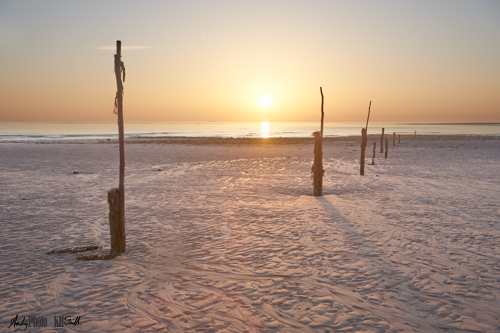
Original images:
|
|
|
Things learnt:
- Capture One is optimised for Phase One Medium format cameras which have 16 bit colour depth, and consequently tremendous dynamic range. My a99ii has 14bit colour depth, along with all/ most other DSLRs, which means its dynamic range, although still very good, is only a quarter of that which Capture One is designed to deal with. Net effect, Capture One will allow you to attempt to recover detail from areas where there just isn’t any and in extremis produces blocks of grey
- Pushing the clarity slider too far on areas of high contrast leads to a thick halo effect. The same doesn’t appear to be true for structure.
- The Select-> Colour Range function allows you to also select the Shadows which is useful when manually blending images to produce a HDR composite
- Cloning with a Color blend mode can be useful in reducing lens flare.
A further two hours editing in Photoshop and producing the panorama below.

Last light shoot at Hastings Meadow and the Big Field to collect my latest image for that series.
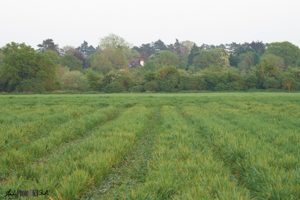
5 May 2018
Hours 620 to 622
Up at 5:30am and straight down to the beach for a beautiful sunrise and an hours really productive shooting.
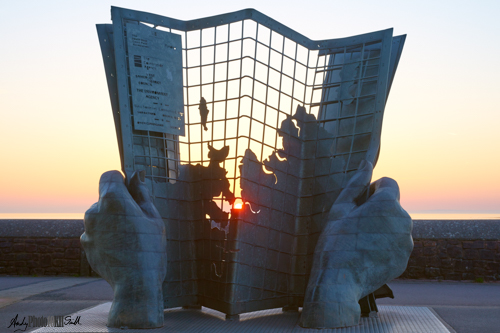
An hours and a half working on images shot of the last few days and updating this journal accordingly.
Half an hour shooting at Stoke Common – slightly too late for optimal light. Trying to get some creative images using camera movement.
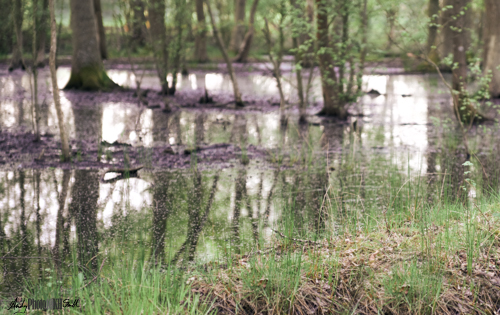
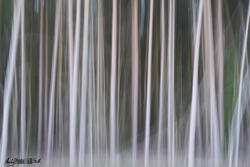 |
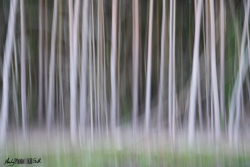 |
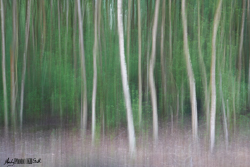 |
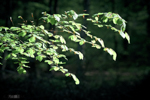
4 May 2018
Hours 618 to 619
Shooting Burnham Beeches with a spot of processing.
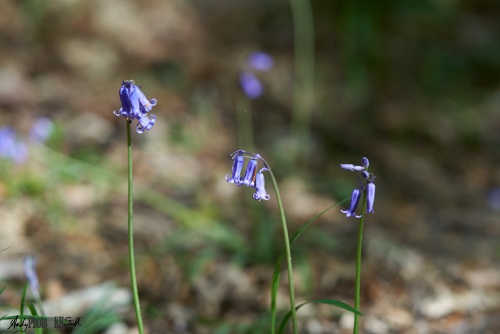
An hour’s shooting early evening in Minehead. I was not expecting to be impressed by Minehead, but I certainly was, and can’t wait to go back.
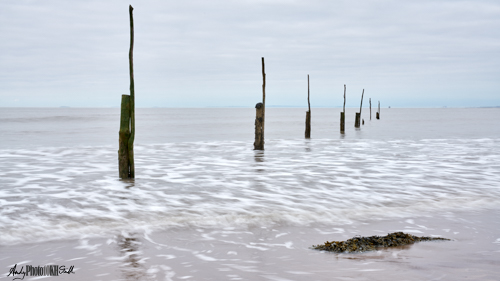
[Learning to look for very minimalist images: in-camera framing to exclude all but essential elements.]
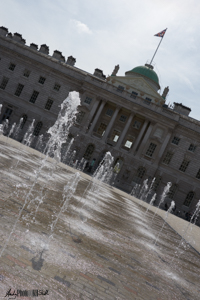
3 May 2018
Hours 614 to 617
An hour planning day in London and photo ideas for next 2 SPPC seasons.
- Sony World Photography Awards – Somerset House
Huge exhibition of very high quality work across all genres - The Shape of Light – Tate Modern – “100 years of photography and abstract art.”
Exhibition about the interaction between abstract painters and abstract and experimental photographers such as Man Ray. - Jocelyn Lee: “The appearance of things” – Huxley-Parlour
Some street photography.
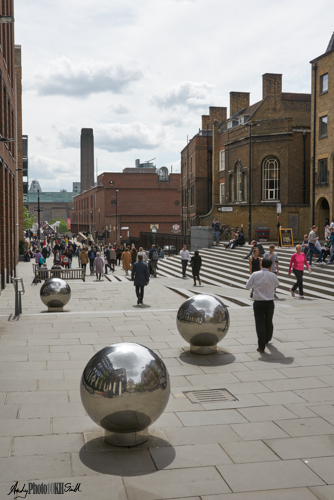
Half an hour updating this journal.
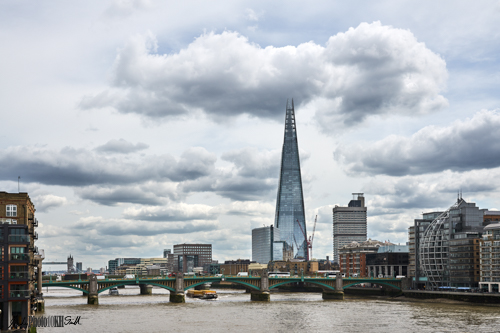
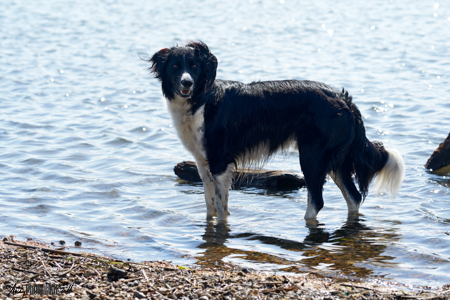
2 May 2018
Hours 609 to 613
An hour following up sources of inspiration suggested by Clare Louise:
- Hammish Scott-Brown – Fabulous travel photography to India and elsewhere
- Tony Hewitt – Australian landscape photographer with lots of abstract aerial shots. Very much like Edward Burtynsky, but based in Australia rather than Canada and putting a more positive spin on man’s impact on the environment.
Two hours working on the “El Nino Graffiti” post.
An hour working out a draft hanging plan, plus reserves for my LRPS panel.
An hour shooting at Dog Photos at Langley Park and processing.
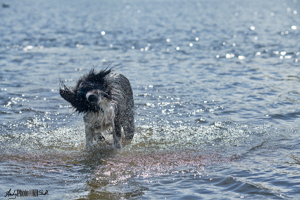 |
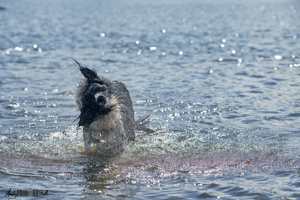 |
1 May 2018
Hours 602 to 608
Early morning shoot in Hasting Meadow and the Big Field (updating my View from the Third Post Series). Interesting Dandelion shots showing some dew
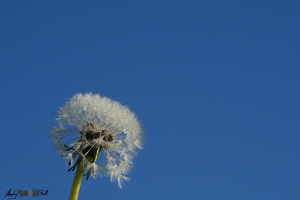 |
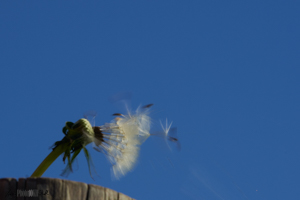 |
Lots of time spend including images from Spain in the April 2018 page.
Started the “El Nino Graffiti” post.
Two hours at the Stoke Poges Photographic Club.
